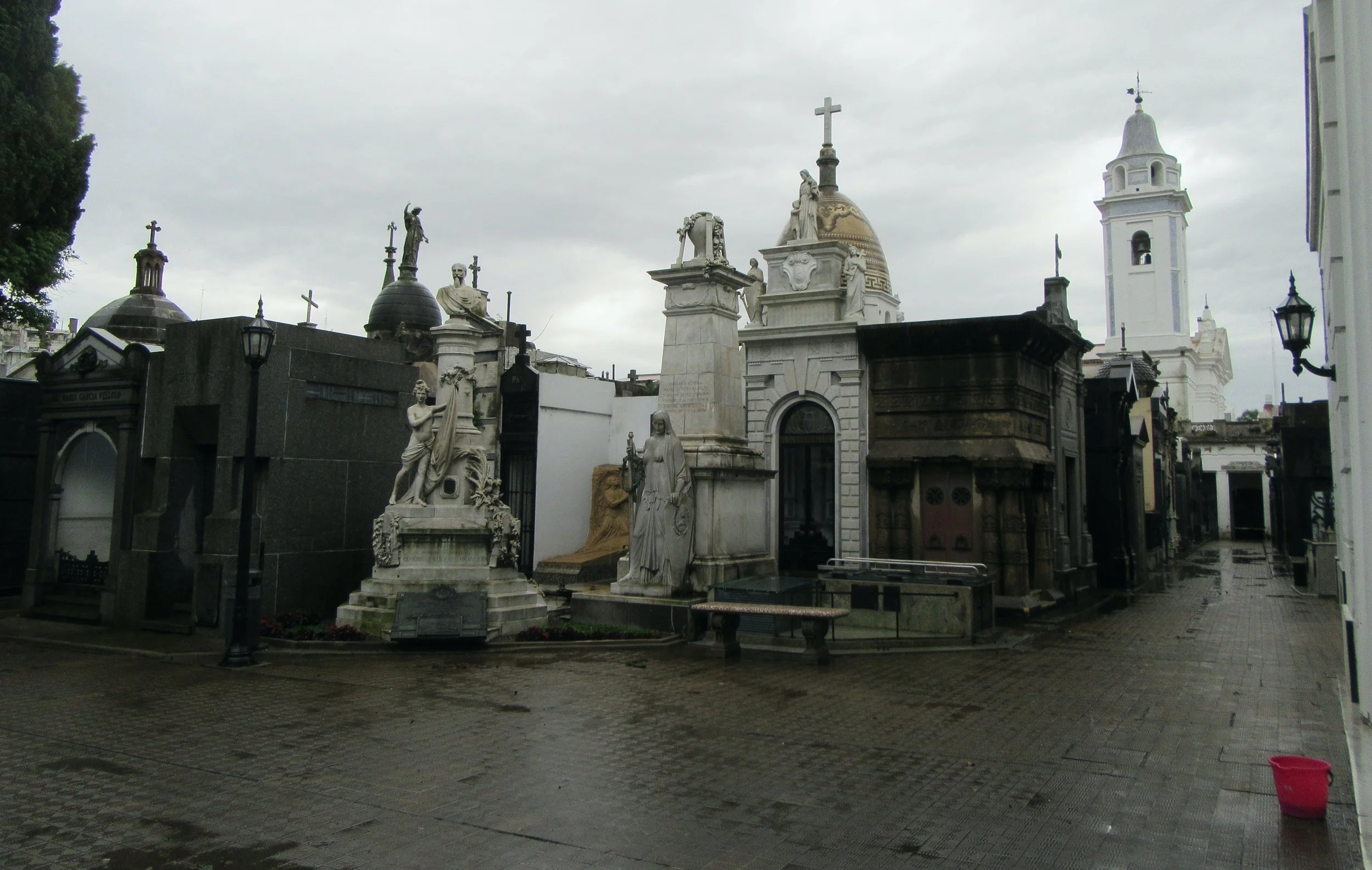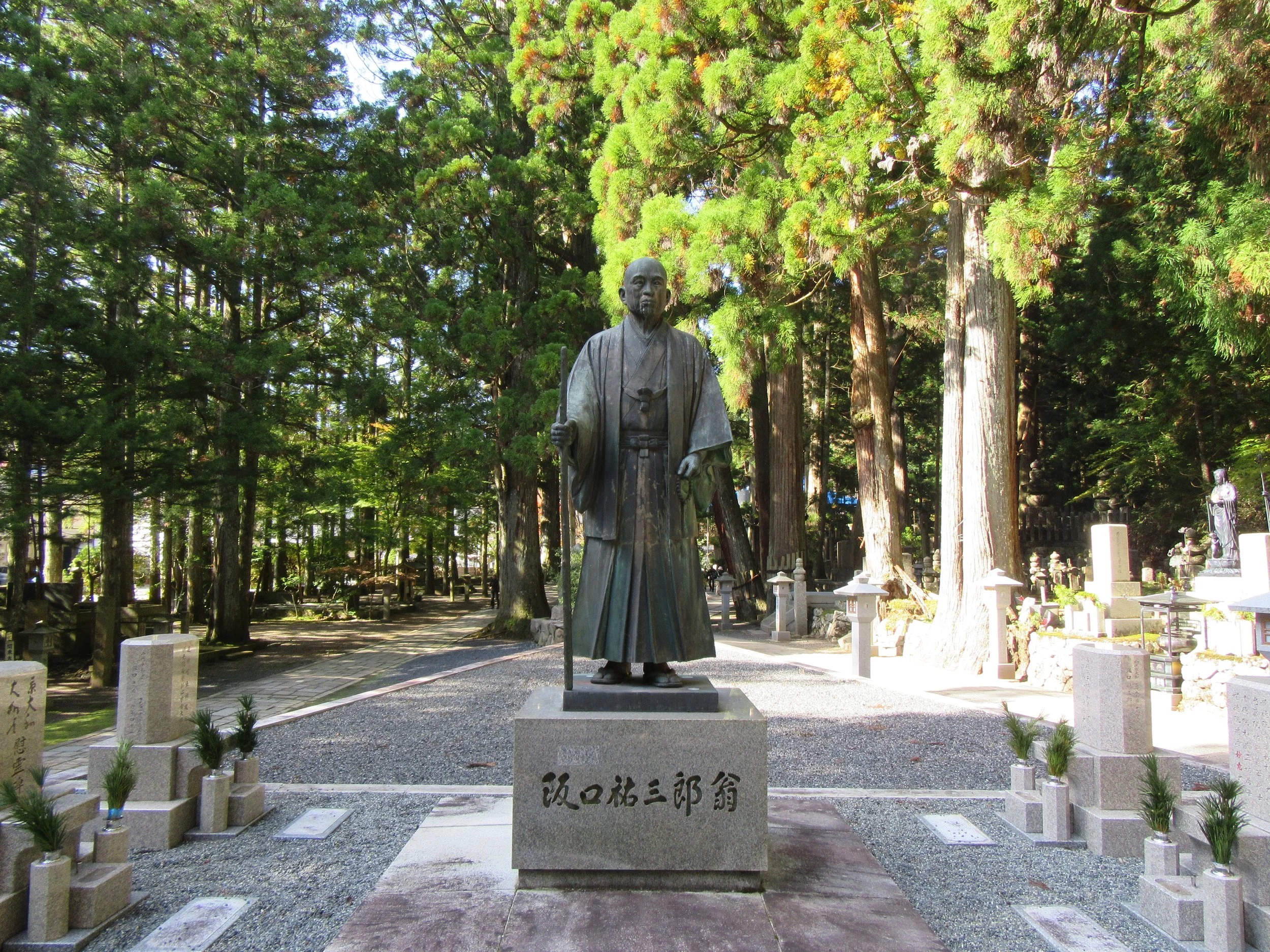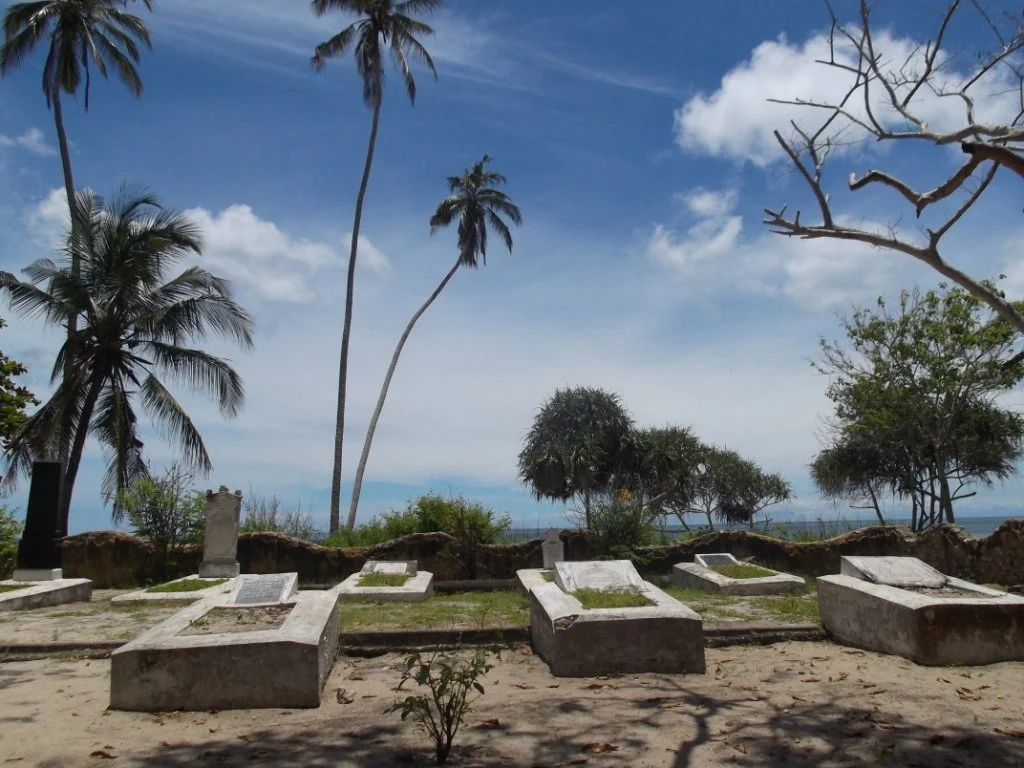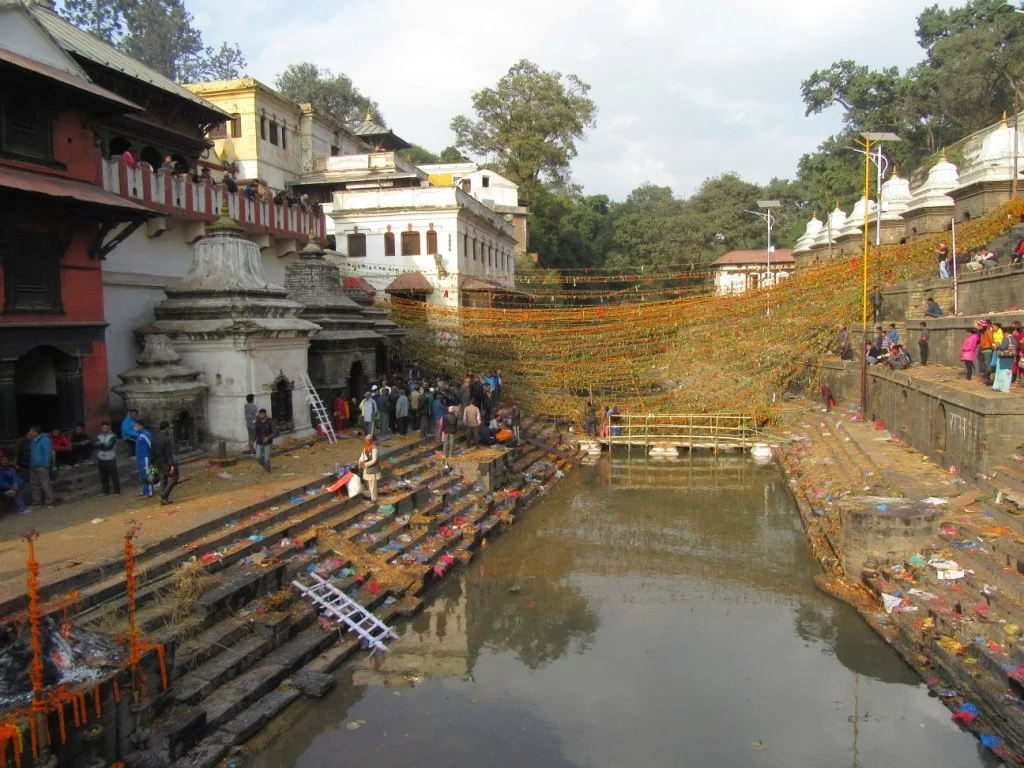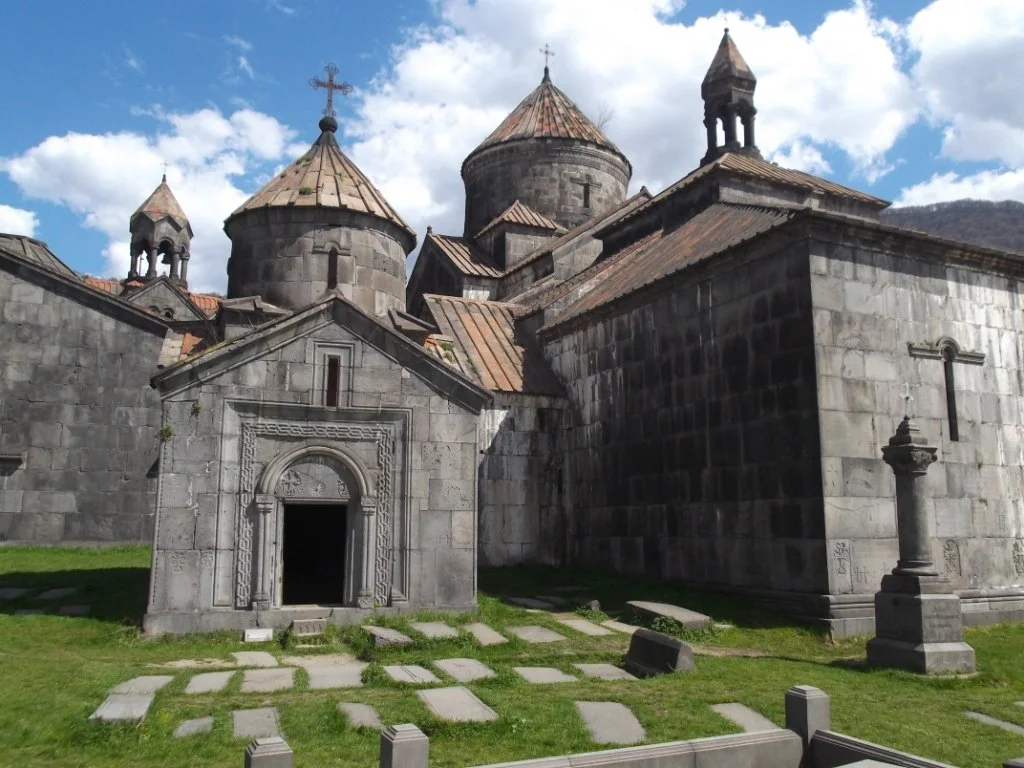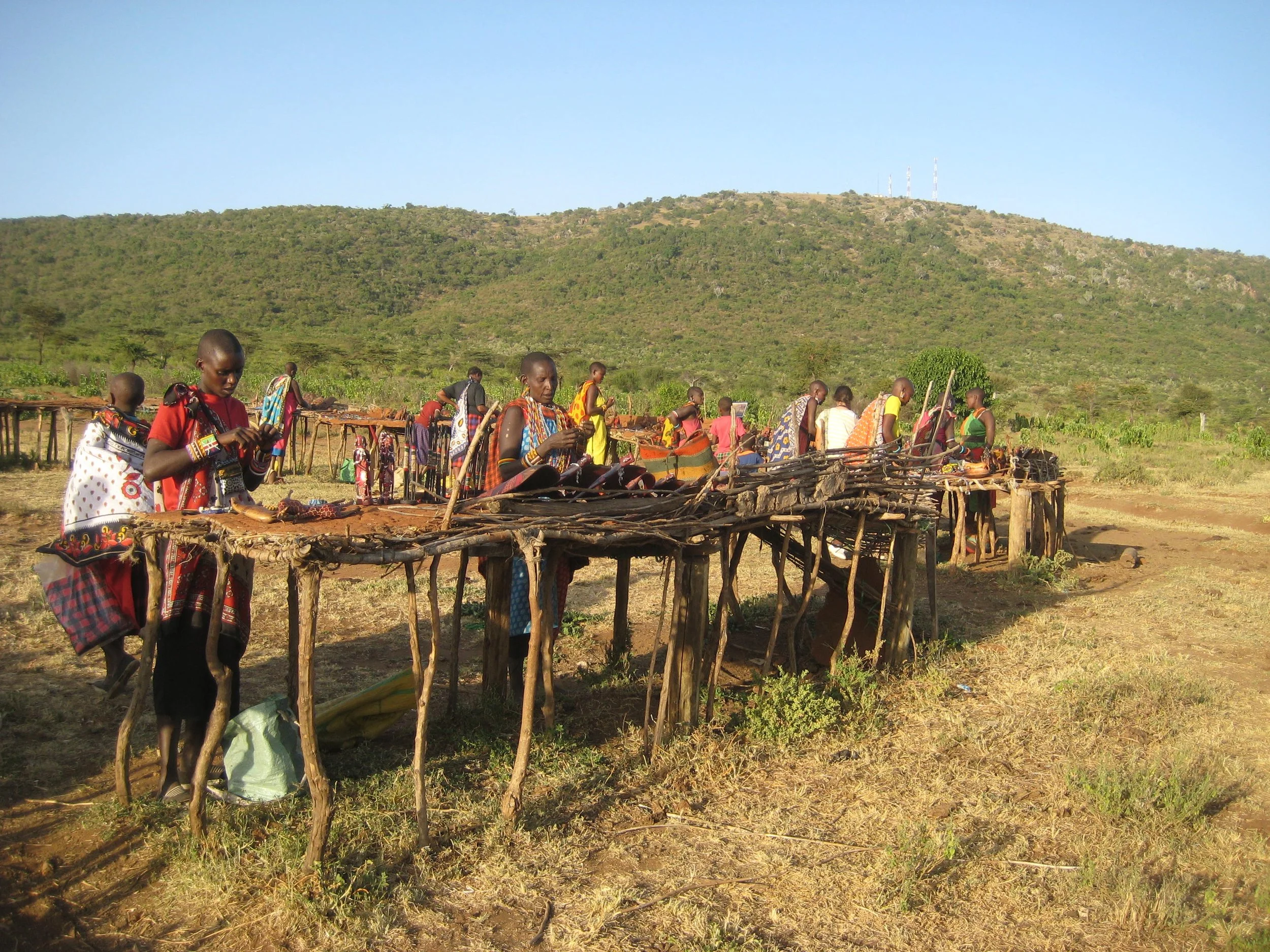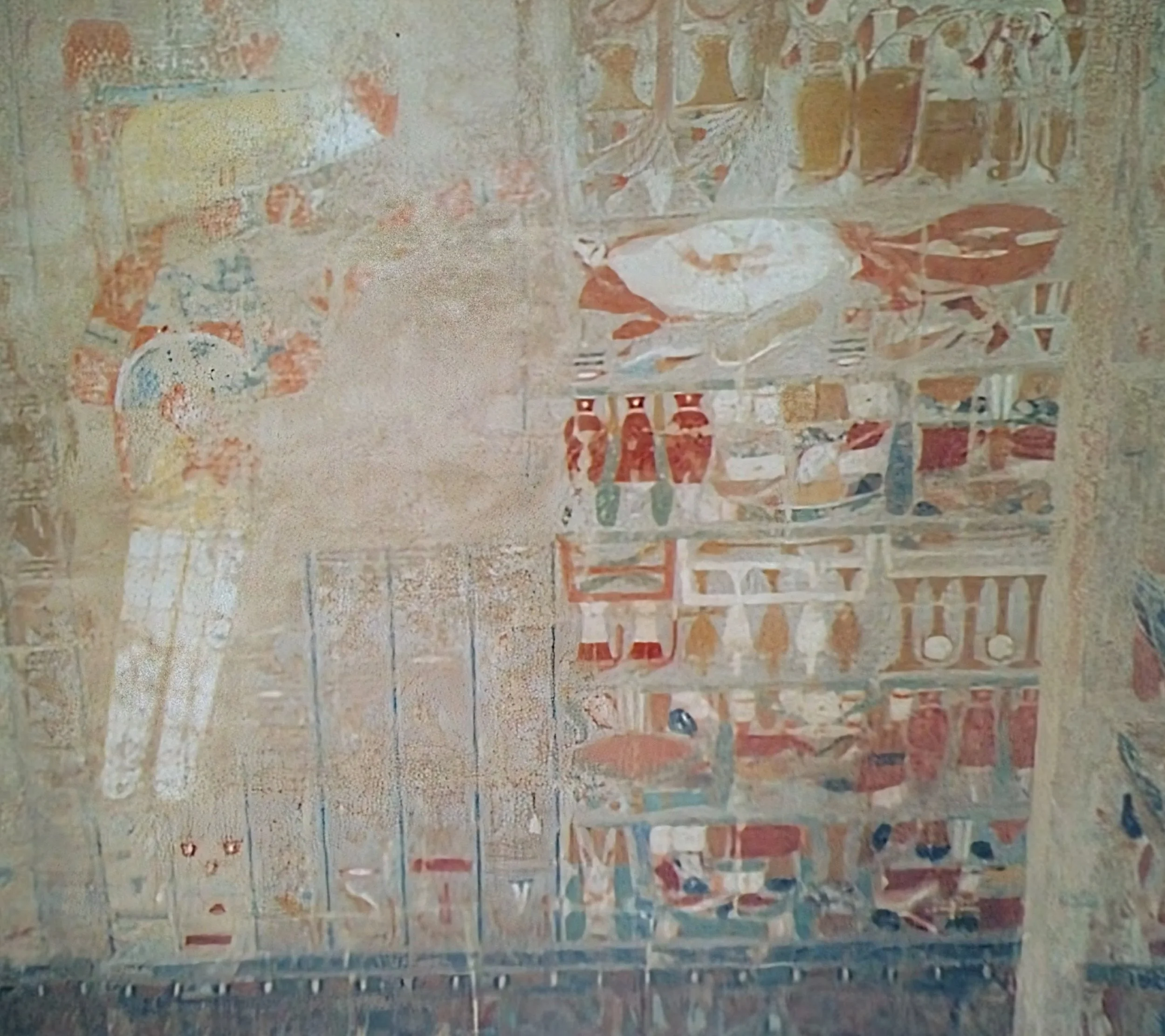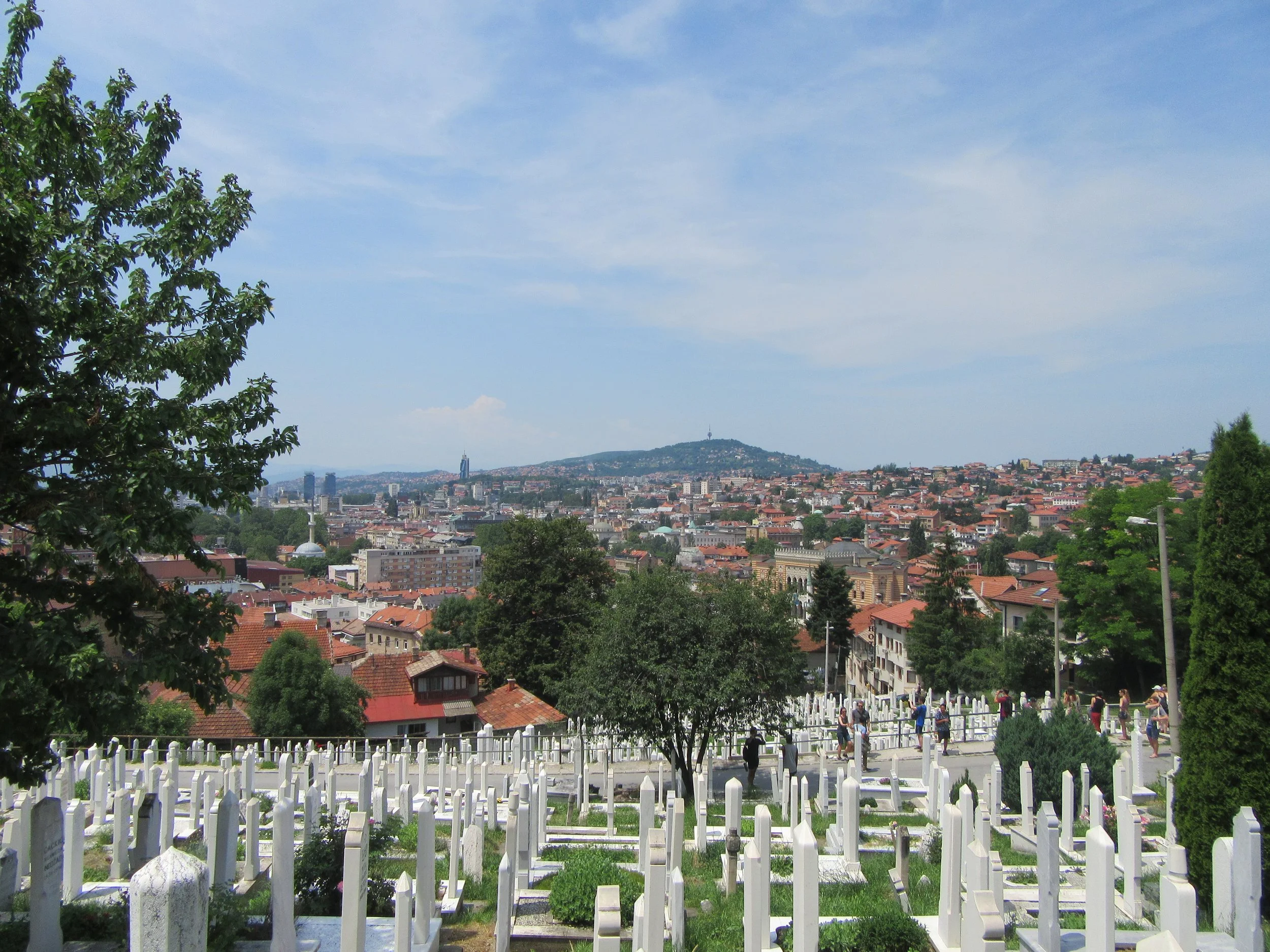Tombstone Tourism
For as long as I’ve travelled, the bizarre and macabre has always captivated me. The imagination of humanity, particularly when it concerns death, is endlessly fascinating. Our cruelty to each other can be terrifying, while our rituals and remembrances can be equally glorious, heartwarming, and poetic. One of the best ways to learn about death practices when travelling is to visit cemeteries or other places of burial or cremation. Here are 11 sites from around the world to get up close and personal with the dead.
Sagada, Philippines
The Kankanaey, an Indigenous people of the Northern Philippines, do not bury their dead. Instead, they are placed inside wooden coffins and hung on cliffs. Known as the Hanging Coffins, they are found outside the town of Sagada on the island of Luzon. For the Kankanaey, tradition states that the higher the coffin is placed, the greater the fortune of the deceased in the afterlife. The dead are also buried in the fetal position, sometimes having their bones broken to do so, following a belief that they should depart this world in the same way they entered. Due to their rudimentary construction, exposure to the elements, and precarious placement, the coffins can sometimes fall. The remains, including skulls and bones, can be found in caves and on the valley floor.
What happens when the hanging coffins fall.
Buenos Aires, Argentina
As one of the more beautiful cities of South America, it is fitting that Buenos Aires hosts one of the world’s most stunning cemeteries. La Recolata expanded from the nearby convent of Franciscan Recollect monks and reflects the architectural chic of the city, with its tombs and mausoleums constructed in Art Deco, Art Nouveau, Baroque, and Neo-Gothic styles. The cemetery is the resting place for many prominent Argentinians, including Eva Peron, while the grounds were designed by French and Italian engineers and architects throughout the 19th century. It stands today as one of the top tourist sights in Buenos Aires.
La Recoleta exudes a different atmosphere when it rains.
Koyosan, Japan
Shadows fall across the Ichinohashi bridge, cast by ancient Japanese cedar trees. Interspersed with the autumnal colours of maples, they are the only signs of life within Okunoin cemetery. The grounds of Okunoin are scattered with over 200,000 graves, from ancient moss covered tombstones to Buddhist statues carved from stone. You may also spot smaller statues of a diminutive monk known as Jizou, a protector of travellers and guardian for souls in the afterlife. Okunoin is also the final resting place for Kobo Daishi, a revered Buddhist monk, and is both a pilgrimage site and tourist attraction. Visitors pay respects to his spirit before entering and can then explore Japan’s largest cemetery.
One of many Buddhist statues found in Okunoin Cemetery.
Sydney, Australia
The oldest tombstones in Rookwood no longer bear the names of the dead. Eroded by more than a century of wind and rain they are wiped clean, with no knowledge of who rests beneath them. Founded in 1867, Rookwood is Australia’s largest cemetery, spanning more than 200 hectares in Sydney’s west. The grounds are sectioned into areas for the various Christian denominations, Muslims, Jews, Chinese, and even Quakers. Such is its size, Rookwood has its own postcode, 2141. Inspired by the garden cemeteries of Europe, Rookwood is also home to an abundance of plant life. Native Bunya Pines and Lemon Gums tower overhead while magnolias and myrtle add a splash of colour. The gardens of Rookwood are one of its major attractions and help ease the experience of walking among one million graves.
Oh the glorious dead, in Rookwood Cemetery.
Bagamoyo, Tanzania
The Swahili coast, stretching from Somalia to Mozambique, is home to some of the most stunning beaches in the world. Names like Mombasa, Lamu, and Zanzibar evoke images of endless blue horizons and dhows floating on gentle waters. What better place to rest for eternity? Once the capital of German East Africa, Bagamoyo is now a sleepy coastal town, and a pleasant change of pace from Dar es Salaam, the city that succeeded it. In its heyday, Bagamoyo was a key port town, trading in seafood, spices, and slaves. Among its salt stained ruins is the Bagamoyo German Cemetery which operated from 1889 - 1894. It is home to only 20 graves yet has views that would help anyone buried here rest in peace.
Looking out towards the Indian Ocean from the Bagamoyo German Cemetery.
Kathmandu, Nepal
As they do with weddings, rituals, and festivals, Nepalis practice death in public and with a vibrant burst of colour. There is no better place to witness the death rituals of Nepalis than at Pashupatinath Temple in the heart of Kathmandu. On the banks of the Bagmati River wooden pyres encase the bodies of the dead. Golden chains of marigold surround the pyres, aiding the purification of the soul and ensuring its safe passage to the afterlife. When the pyre is complete, it is set alight, crackling loudly, and sending a plume of smoke twirling into the air. The wails of mourners rise with the smoke, swirling upwards towards the heavens. The ceremony ends with the ashes of the deceased being swept into the stagnant waters of the Bagmati River, and the grounds of Pashupatinath are then vacated, littered with discarded floral tributes and the scent of the dead.
The ever colourful Pashupatinath Temple in Kathmandu.
Alaverdi, Armenia
The stunning Haghpat Monastery Complex in the north of Armenia was founded in the 10th century by Queen Khosrvanuch. It is surrounded by lush green fields, with sweeping views of canyons and the Caucasus mountain ranges. Haghpat is said to mean strong wall or great wall, and in the centuries since its construction, the complex has endured multiple earthquakes and attacks by invading forces. Its survival, and its unique blend of Byzantine and Armenian architecture saw it listed as a UNESCO World Heritage Site in 1996. Haghpat Monastery is the eternal resting place for many clergy, with their tombstones scattered around the grounds, and home to the mausoleums of 12th century royalty.
Armenia’s imposing Haghpat Monastery Complex.
Maasai Mara, Kenya
The Maasai are one of the most recognised people of Africa, though their traditional practices, much like their land, is disappearing. It is the Maasai’s connection to their land that informs what is known as ‘predator burial.’ Like many other cultures, the Maasai believe in a person's spirit, and that this spirit will persist even after the body dies. However, the Maasai do not bury their dead, for fear of contaminating the earth. Instead, the deceased are left outside, given over to the scavenging animals of the savannah, hyenas, jackals, and vultures. Anyone left untouched is believed to be cursed, so, to ensure their consumption, bodies are often smeared with animal fat and blood. While it is highly unlikely to ever see this in practice, if you do visit the Serengeti / Maasai Mara then you may feel the spirits of Maasai tribesmen from years past.
Maasai women preparing beads for sale in the Maasai Mara, Kenya.
Parramatta, Australia
The colonial settlement of Parramatta, on the river of the same name, was established shortly after Sydney, in 1788. The name is derived from ‘Burramatta’ in the local Dharug language meaning ‘where the eel lies down.’ St John’s Cemetery, now Australia’s oldest surviving European cemetery, was established on an unused stock paddock. In 1791 it was the site of Australia’s first public funeral, that of Superintendent Henry Dodd, whose headstone remains there today. St John’s is also the burial site for many First Fleeters, settlers and criminals alike. Today, St John’s is surprisingly neglected, maintained by a small team of dedicated volunteers. The grounds are boggy and seldom mowed, and many of the tombstones have fallen or cracked. It is the ideal sanctuary for snakes, and it is not unusual to hear them slithering through the long grass and you wander around.
Wandering through the long grass at St John’s Cemetery.
Luxor, Egypt
Egypt’s Valley of the Kings and the adjacent Valley of the Queens are an elaborate series of tombs dedicated to centuries of Egyptian royalty including Seti I, Ramses II and the most famous of all, Tutankhamen. Originally adorned with hieroglyphs, treasures, and everything a King or Queen would require for the afterlife, most tombs have been looted by raiders and thieves, though remnants of their former glory still remain. One of the best preserved is the tomb of Nefetari, a must see for any visitor. Excavation of the tombs continues to the present day and their secrets continue to tell fascinating stories of antiquity.
Egyptian hieroglyphs inside the tomb of Queen Nefetari.
Sarajevo, Bosnia & Herzegovina
The siege of Sarajevo (1992 - 96) was one of the bloodiest conflicts during the break up of Yugoslavia. For almost four years the city’s inhabitants were under fire from Serbian and Srpska forces, at the mercy of grenade attacks, shelling, and snipers. When the guns fell silent, over 5,000 civilians had died and as many soldiers. Today, on a hillside overlooking Sarajevo, the Martyrs Memorial Cemetery Kovaci stands as an emotional reminder of this time. Walking distance from the centre of Sarajevo, thousands of white obelisks are scattered in grassy fields, in a dramatic visual display of the human toll of the siege.
The view of Sarajevo from the Martyrs Memorial Cemetery Kovaci.



